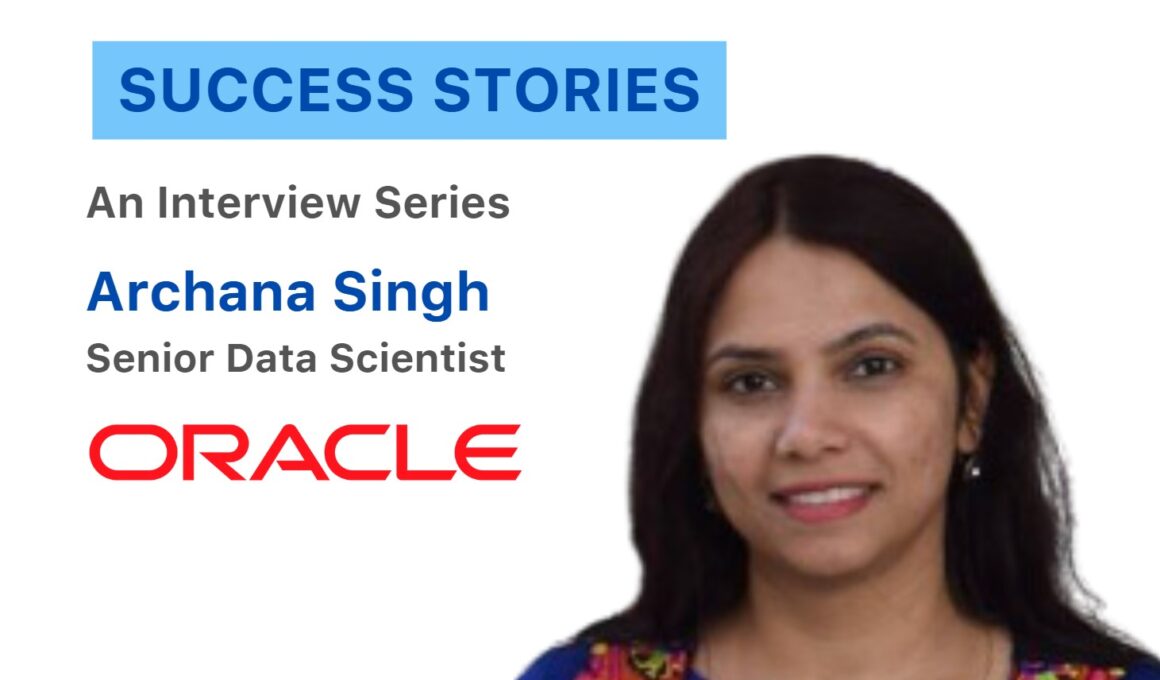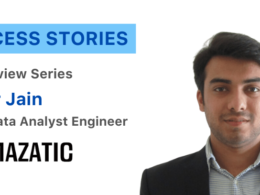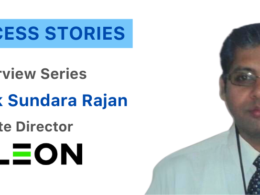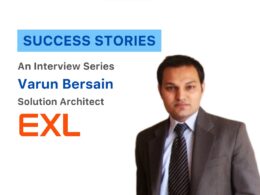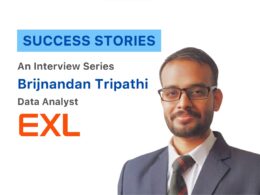This week we feature Archana, who is a Senior Data Scientist at Oracle. She shares her story of switching from a coding background and then moving towards new beginnings in the Data Science industry. Get to know more about her as she guides us through this amazing process.
Q1: Tell us about your current role and background
Hi I’m Archana, a Senior Data Scientist at Oracle India with nearly 14 years of IT experience. I began my career in Cloud with IBM Global Services after completing my postgraduate studies.
I’ve since worked as a developer for various clients, including Cisco in the UK, where I delved into data science within the sports betting domain, analyzing market trends and player statistics to inform betting prices.
Back in India, I collaborated with a startup, honing my skills in data pipeline development while learning from data scientists. This ignited my curiosity, leading me to pursue courses in data science.
I blended my newfound knowledge into my role, transitioning from being a Java Developer to fully embracing data science by November 2022.
Q2: What challenges did you face while switching to Data Science?
Many aspire to be data scientists for high pay and the buzz around ML and tools like ChatGPT. However, focus is often missing. To succeed, intense concentration is key.
Juggling work and studies, utilize weekends for deep learning and weekdays for revising, analyzing articles, and matching stats with data sets. Passion over money matters. Master stats, explore angles, build a strong foundation.
Preparation takes time; a quick transition is rare. Consistent effort, self-exploration, exam readiness matter. Post-exam, match skills to market demand. Specialize and prepare accordingly. This approach worked for me.
Q3: How has Data Science helped you in your new role?
Data science prepared me for my new role, aligning well with the evolving market trend toward ML. Companies are embracing ML, and soon, every organization, not just IT firms, will adopt auto ML and data science.
I’m part of this shift, positioned for the emerging market. I’m among the advanced candidates bridging this transition.
Q4: How was the interview experience at your current company?
My interview experience consisted of approximately seven rounds:
- Data Science Scrutiny: They assessed my understanding of data science, querying about datasets and prior project experience.
- Algorithm Exploration: Questions on different algorithms mentioned in the job description, along with scenarios, correlations, and encoding.
- Hands-On Round: Performing EDA using Python on a provided dataset, applying an algorithm, and demonstrating prediction, R, C calculations, and accuracy measures.
- Programming Language Test: Evaluating my proficiency in Java and its relevance.
- Role Alignment Discussion: Detailing the role I sought and how I aligned with it, followed by sharing details of the current position.
- Final Round: Addressing role suitability, matching skills, and general discussion.
- HR Round: Concluding the interview process.
The experience was pretty challenging. I recommend reviewing the job description before preparing for similar openings.
Q5: Why Accredian? How did it help you?
Why Accredian? I needed balance when switching careers to data science due to family and tenure considerations. Suchit Majumdar’s introductory call convinced me, and the optimal duration and fees were appealing. Accredian stood out with teachers like Suchit and Deepesh who offered a wide platform for understanding concepts.
Accredian’s support was crucial in my successful transition. I’ve recommended it to friends and acquaintances for these reasons.
Q6: What advice would you give to Data Science Beginners?
Here are few things that I would like to share for Data Science beginners:
- Follow your passion, not just trends.
- Commit fully and maintain unwavering focus.
- Understand it’s a challenging, continuous journey.
- Embrace the inherent interest and don’t get discouraged.
- Utilize varied resources like documents, articles, platforms like Kaggle, etc.
- Establish a clear timeline and stick to it for success.
We hope you found this success story interesting. If you have any Data Science questions, please fill this form and we will get back to you.

